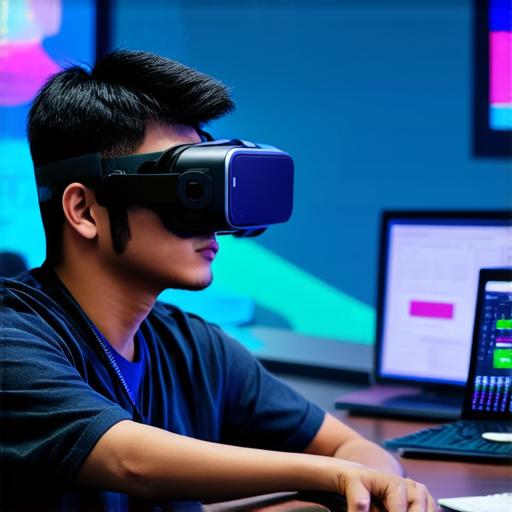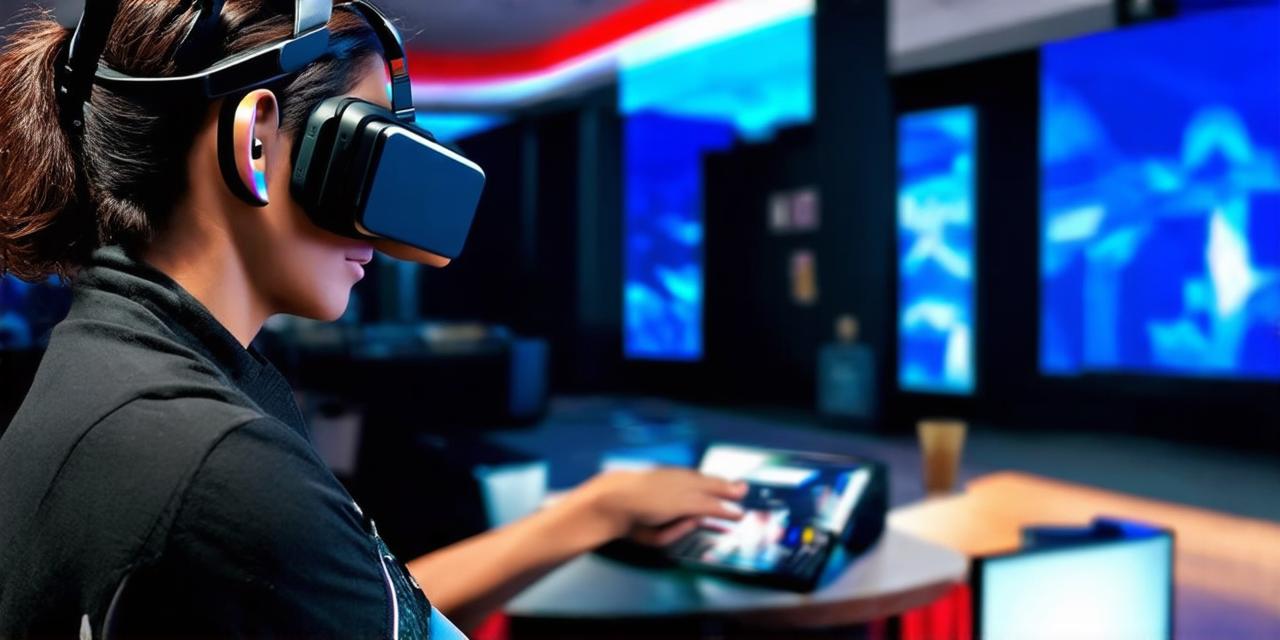Summary: Virtual Reality in Education: A Game-Changer for the Future of Learning in the Philippines
Virtual reality is revolutionizing the way we learn and interact with our environment. From gaming to healthcare, VR is transforming various industries and has also started to make its mark on education. In this article, we will explore how virtual reality is being utilized in the education system in the Philippines.
Virtual Reality in Education: An Introduction
Virtual reality is a technology that allows users to experience and interact with a simulated environment in a computer-generated world. It has been around for several years now, but only recently have we started to see its potential in education.
Virtual Reality in Education: Benefits
There are several benefits of using virtual reality in education. For starters, VR can help make learning more interactive and hands-on. Students can virtually experience and interact with real-world scenarios, such as exploring historical landmarks or conducting experiments in science.
Another benefit of virtual reality in education is that it can help students develop crucial 21st-century skills such as problem-solving, critical thinking, and creativity. Virtual reality allows students to explore complex problems from different angles and come up with innovative solutions. It also enables them to think outside the box and create their own simulations and experiences.
Virtual Reality in Education: Case Studies
One example of how virtual reality is being used in education in the Philippines is through the use of virtual field trips. Virtual field trips allow students to explore different parts of the country or even the world without leaving the classroom.
Another example is the use of virtual reality in medical education. Virtual reality simulations can be used to train medical students on complex procedures such as surgeries or emergency treatments. These simulations provide a safe and controlled environment for students to practice their skills without risking patient safety.
Virtual Reality in Education: Expert Opinions
Dr. Maria Eugenia Baldoza, a professor of education at Ateneo de Manila University, believes that virtual reality can be an effective tool for enhancing the learning experience in education.
Virtual reality has the potential to make learning more engaging and interactive, which can lead to better retention and comprehension of the material. It also allows students to explore complex problems from different angles, which can help them develop critical thinking skills.
Dr. Baldoza further adds that virtual reality can be particularly useful in subjects such as history, science, and art, where students need to visualize and interact with concepts in a more immersive way.
She believes that virtual reality will become increasingly important in education in the coming years as technology continues to advance.

Virtual Reality in Education: Future Prospects
The future of virtual reality in education in the Philippines looks promising. As technology continues to evolve, we can expect to see more and more innovative uses of virtual reality in education.
For instance, we may see virtual reality being used in language learning, where students can practice their speaking and listening skills in a simulated environment. We may also see virtual reality being used in business education, where students can learn about different industries and markets through immersive simulations.
FAQs:
1. What is virtual reality?
Virtual reality is a technology that allows users to experience and interact with a simulated environment in a computer-generated world.
2. How is virtual reality being used in education in the Philippines?
Virtual reality is being used to enhance the learning experience by making it more immersive, interactive, and engaging. It is also being used to develop crucial 21st-century skills such as problem-solving, critical thinking, and creativity.
3. What are some examples of how virtual reality is being used in education in the Philippines?
Virtual reality is being used for virtual field trips, medical education, and language learning, among others.
4. What are the future prospects for virtual reality in education in the Philippines?
The future of virtual reality in education in the Philippines looks promising, with technology continuing to evolve, we can expect to see more and more innovative uses of virtual reality in education.
